How do plants protect themselves from diseases?
It is estimated that plant diseases cost the global economy roughly $220 billion each year. Understanding how plants fight pathogens is, therefore, crucial to protecting crops and combatting food insecurity. At Mississippi State University in the US, Dr Sorina Popescu is studying the mechanisms that underlie plants’ immune systems. Her research may help to identify new ways of protecting crop species from disease.
TALK LIKE A PLANT MOLECULAR BIOLOGIST AND BIOCHEMIST
Gene promoter — a sequence of DNA that controls when and how much of a gene is expressed
Immune response — a reaction that occurs within an organism to protect it from pathogens
Pathogen — an organism that causes disease. Many viruses, bacteria and fungi are plant pathogens
Reactive species — a highly unstable molecule that can oxidise other molecules
Redox reaction — a chemical reaction that causes a change in the oxidation state of the chemical components
In recent years, global food security has become an increasingly pressing issue. Plagues of locusts in East Africa, record-breaking heatwaves in Europe and floods in Southeast Asia have decimated harvests around the world. Soaring food prices are leaving millions of people hungry.
Climate change has direct impacts on food security by causing droughts and floods. These extreme weather events wreak havoc on agriculture by damaging crops and destroying farmland. Climate change also alters the conditions in which crops are growing and increases the risk of them becoming infected by pathogens. When this happens, entire harvests can be lost, posing a serious risk to food security.
Luckily, plants have in-built defence systems that help them fight off diseases. But, as the effects of climate change get stronger and the risk of pathogenic infection increases, many plants will have to adapt to survive. At Mississippi State University, Dr Sorina Popescu is studying the immune system of plants to understand how they fight pathogens and how they might adapt to a changing environment.
How do plants fight pathogens?
“Generally speaking, there are two types of plant immune responses,” explains Sorina. The most immediate response to a pathogen is a ‘local response’ which is triggered in the infected area of the plant. For example, if a leaf becomes infected by a pathogen, the plant will kill cells in that leaf to stop the pathogen from spreading to other areas.
The other response is ‘systemic immunity’, which is not just limited to the site of infection. For example, systemic acquired resistance (SAR) triggers immune responses in uninfected parts of the plant. “The plant knows that it’s been attacked and prepares the healthy leaves for an immune response,” says Sorina. Thanks to SAR, a plant that has been exposed to a pathogen in the past will remember how to fight it in future infections. This mechanism is very similar to how vaccines work, and it allows the plant to produce a much more robust and comprehensive immune response.
How does Sorina study systemic acquired resistance?
Sorina studies SAR by conducting experiments on watercress (Arabidopsis thaliana). She infects the leaves of watercress plants with a bacterial pathogen. After a few days, she infects different leaves on the same plants with a similar but slightly different pathogen and observes how the newly infected leaves respond. By measuring the concentration of bacteria in the newly infected leaves, Sorina can understand how the pathogen spreads around each plant and whether SAR has been implemented.
In more recent experiments, Sorina and her team have developed a new method that uses bioluminescence to visualise the results. This method involves combining the enzyme luciferase, which is found in fireflies and produces luminescence, with a gene promoter from watercress. So far, the team has used the GRXS13 gene promoter, and they now plan to test others. Gene promoters control when and how much of a gene is expressed and are activated by external sources such as heat, light or pathogens. “For example, a pathogen may turn on the expression of a cohort of defence genes by activating their promoters,” explains Sorina. Once the promoter sequence has been combined with the luciferase, the mutant gene is transferred into watercress plants.
Sorina then repeats the initial experiment described above using the mutant watercress plants containing bioluminescent genes. This time, when the leaves are infected with the pathogen, the gene promoter is activated, and the leaves glow with strong luminescence. Interestingly, Sorina has observed that the uninfected leaves immediately begin to luminesce as well, though at a lower intensity than in the pathogen-infected leaves, showing that the promoter was also activated in these leaves. This experiment suggests that a systemic immune response has been triggered throughout the whole plant, so all leaves will now be able to fight the pathogen in a future infection, not only the leaves already exposed to the pathogen. The plant is therefore primed to better initiate a defence response during future infections. It also suggests that the gene GRXS13 plays an important role in SAR and plant immune response.
What mechanisms control systemic acquired resistance?
Both local and systemic responses rely on redox reactions and the production of reactive species. Reactive species can promote cell death or directly harm a pathogen to provide a local response. “However, the most remarkable action of reactive species is their ability to activate redox signalling,” says Sorina. This signalling is thought to play a major role in systemic immune responses like SAR.
When molecules exchange electrons, their oxidation state changes. For example, when a molecule gains electrons, its oxidation state decreases in a process known as reduction, and when a molecule loses electrons, its oxidation state increases in a process known as oxidation. The term ‘redox’ describes a reaction in which one molecule is reduced while another is oxidised.
When a molecule is reduced, its energy increases and it becomes unstable. These unstable molecules are called reactive species, and they are more likely to react with other molecules and oxidise them. When protein molecules are oxidised by reactive species, their structure and function can change, often irreversibly. These irreversible changes cause a lot of damage to the cells around them. It is through this mechanism that the local immune response promotes cell death and kills off pathogens.
Reference
https://doi.org/10.33424/FUTURUM300
Redox signalling is also essential in systemic immune response, but the full mechanisms are still poorly understood, which is why plant scientists are interested in reversibly oxidised proteins. In some instances, an oxidised protein will change into an activated state and then revert to its original shape when it is reduced in another redox reaction. This process is known as oxidative activation, and it may be involved in the signalling that controls SAR. As the proteins engage in redox reactions and become active, they may form part of a pathway that sends signals to other parts of the plant, warning them of infection.
Why is this work important?
Through her research, Sorina is hoping to advance our understanding of the genes that are involved in plants’ immune responses. As well as GRXS13, Sorina has identified two other genes, TOP1 and TOP2, that are vital to producing efficient local and systemic immune responses. Identifying and understanding these genes is important because they control how effectively a plant can fight off diseases.
Recent evidence suggests that some pathogens can fight against a plant’s immune response. They may be able to manipulate the host’s redox responses and use them to their own advantage. When redox processes don’t function properly, the plant becomes more susceptible to disease so is in danger of dying. Studying these redox processes and the genes that control them is, therefore, fundamental to understanding how plants respond to pathogens.
As climate change continues to increase the risk of pathogenic infection, this research will only become more important. Pathogens are already causing significant losses in many crops, including wheat, rice and coffee. As food prices continue to rise and global food security continues to plummet, any knowledge that might help protect valuable crops will be vital.
 DR SORINA POPESCU
DR SORINA POPESCU
Associate Professor, Department of Biochemistry, Molecular Biology, Entomology and Plant Pathology, Mississippi State University, USA
Field of research: Plant Molecular Biology and Biochemistry
Research project: Investigating how plants use redox reactions to protect themselves against pathogens
Funder: US National Science Foundation (NSF)
ABOUT PLANT MOLECULAR BIOLOGY AND BIOCHEMISTRY
Plant molecular biology is the study of the molecular structures and processes that underlie plant life. It often focuses on how the information stored in DNA is translated and manifested in the plant. For example, Sorina is interested in how the information stored in certain genes results in immune responses like systemic acquired resistance.
Biochemistry is closely tied to molecular biology and explores the chemical processes that occur in living things. For example, the redox signals that form a key part of a plant’s systemic immune response are chemical reactions. Sorina requires a strong foundation in both molecular biology and biochemistry to gain a comprehensive understanding of how plants’ immune systems function.
Plant molecular biology and biochemistry both play important roles in the wider field of plant science, which also encompasses aspects such as agricultural science, forestry science and seed technology. The applications of plant science cover an incredibly broad scope, but food security is at the heart of many of them. To ensure our global population has enough to eat, plant scientists are developing crops that contain more nutrients, produce larger yields and are able to grow in the increasingly uncertain climate of the future.
The joys and challenges of plant molecular biology and biochemistry
Observing individual molecules in action can give valuable insight into the mechanisms that control different cellular processes. “I enjoy probing the inner workings of cells and peeking into small windows of life’s complex machinery,” says Sorina. This research often involves tackling complex and elusive questions which can be challenging but can provide solutions to many real-world problems.
However, analysing molecular parts of cells in isolation can lead to misleading conclusions. Proteins work together in extensive cellular networks and are connected to countless other molecules. “In isolation, proteins may behave differently,” says Sorina, highlighting the importance of considering plants as a whole organism, rather than the sum of their constituent molecules.
The questions that Sorina is trying to answer often require advanced knowledge from many different disciplines, so her lab group contains analytical chemists and computational biologists as well as plant biologists. “Teamwork is paramount,” says Sorina. “One researcher or laboratory cannot successfully tackle all aspects.”
PATHWAY FROM SCHOOL TO PLANT MOLECULAR BIOLOGY AND BIOCHEMISTRY
• “A strong background in sciences, including biology, chemistry and physics, is essential,” says Sorina.
• At university, consider degrees in plant biology or molecular plant sciences. Sorina recommends taking as many courses as you can in plant biochemistry, molecular biology and metabolism.
• Degrees in agricultural science and biotechnology will be useful for pursuing careers in the agriculture industry.
• Mississippi State University offers a wide range of degrees in the Department of Biochemistry, Molecular Biology, Entomology and Plant Pathology. Explore the courses on offer to learn about the different things that plant scientists can get involved in: www.biochemistry.msstate.edu
• Attend a plant science summer school to learn some practical skills before you go to college or university, for example:
www.saps.org.uk/growth-hub/saps-plant-science-summer-school
www.gatsby.org.uk/plant-science/programmes/gatsby-plant-science-summer-school
EXPLORE CAREERS IN PLANT MOLECULAR BIOLOGY AND BIOCHEMISTRY
• As a plant molecular biologist or biochemist, you could find yourself working in a research laboratory investigating how plants function at a cellular level or helping to develop new breeds of plants that will increase global food security.
• As climate change threatens current crop species, demand for plant biologists is predicted to grow by 9% between 2020 and 2030. Many new jobs will open in the industry sector.
• The American Society of Plant Biology (www.aspb.org/education-outreach) and the European Plant Science Organisation (www.epsoweb.org) are great places to learn about plant science research and to find related educational resources.
Meet Sorina
What inspired you to become a plant scientist?
I always loved plants, so it was a natural career path to follow. As a kid, I kept a herbarium and I remember having fun memorising the scientific names of the plants around me. I always enjoyed figuring stuff out, so science is a lot of fun for me. Imagine coming to work and doing something new every day!
What journey has led you to your current position?
I was born and did most of my schooling in Romania. I graduated from the University of Bucharest with a master’s in microbiology, then moved to the US where I earnt a PhD in molecular plant sciences at Rutgers State University of New Jersey. I specialised in high-throughput molecular biology during my postdoctoral work at Yale University. I achieved all this while raising two children, which taught me how to prioritise tasks and to remain focused in the lab. These skills helped me tremendously with managing a group of junior researchers in my first job as a principal investigator with the Boyce Thompson Institute for Plant Research in New York.
What have been the highlights of your career, so far?
Since my ground-breaking postdoctoral work on developing protein microarrays for a plant model system, research in my lab has advanced knowledge on signalling networks, molecular host-pathogen communication and systems-level analysis of immunity. My team has published the results of our research in numerous peer-reviewed publications about plant science, biochemistry and proteomics.
What are your ambitions for the future?
I am interested in exploring translational aspects of plant immunity and finding ways to impact crops’ health. A new project in my lab is surveying root microbiomes in healthy and diseased plants. We are searching for bacteria that can inhibit pathogen growth and prevent disease development in crops. In these projects, I collaborate with Romanian scientists and professors who are former university colleagues of mine. It feels good to be connected and contribute to Romanian science.
Mentorship has always been and will continue to be a priority for me. Women scientists still face many external and internal barriers to developing their early careers and maintaining a network of productive collaborations. I had little constructive mentorship during my formative years as a scientist, which is why I consider it essential. Many former female students from my lab are now leading researchers in academia and industry.
What do you enjoy doing outside of work?
Nature photography. My husband and I like to hike and travel – I always have my camera ready to capture life and nature.
What is your favourite fact about plants?
Plants are excellent communicators, and they speak biochemistry! For instance, a plant’s methyl salicylate (MeSA) levels are often increased in response to infection by pathogens. Volatile MeSAs can spread through the air, warning neighbouring plants of the danger.
SORINA’S TOP TIPS
1. Work on topics that excite you – work can be a lot of fun when you enjoy what you’re doing.
2. Work on important problems – don’t be afraid to ask big questions and chase answers.
3. Learn to talk about your work so that everybody understands what you’re doing.
4. For the young women striving to become scientists – find a mentor and learn by example how to navigate a scientific career.
Write it in the comments box below and Sorina will get back to you. (Remember, researchers are very busy people, so you may have to wait a few days.)

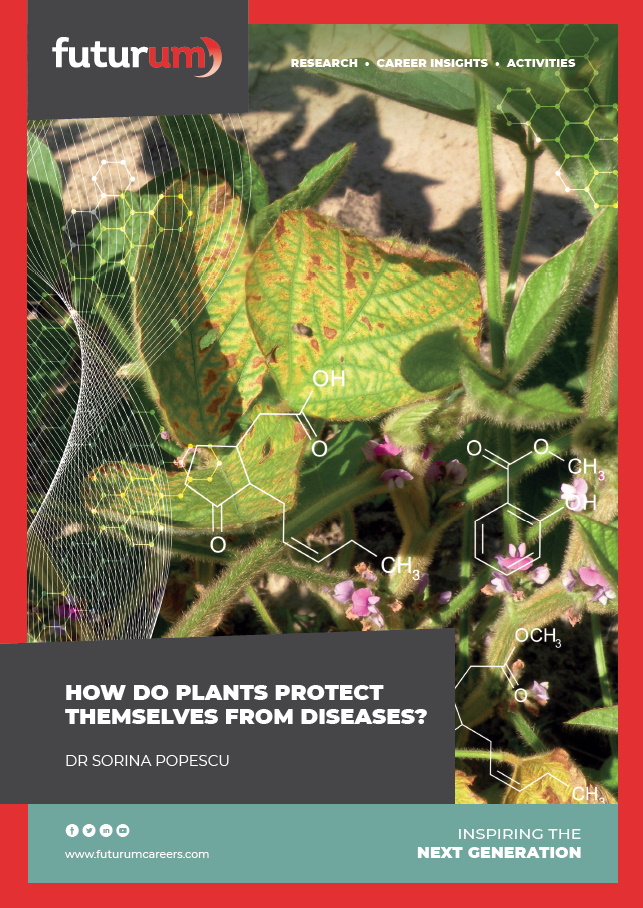

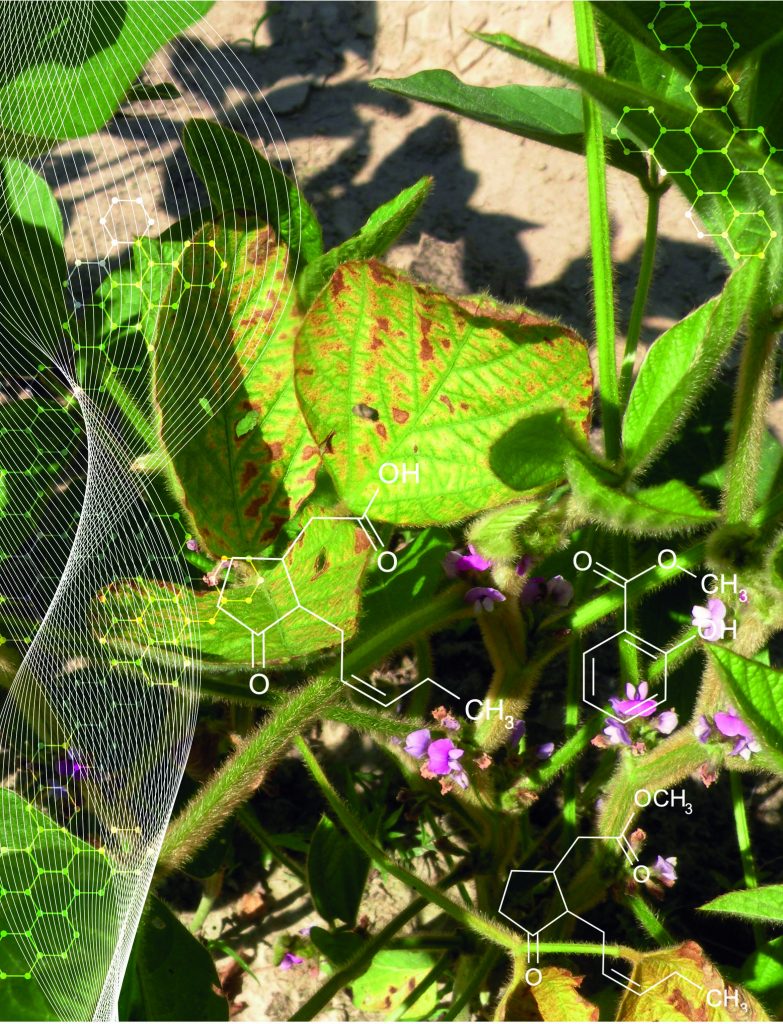
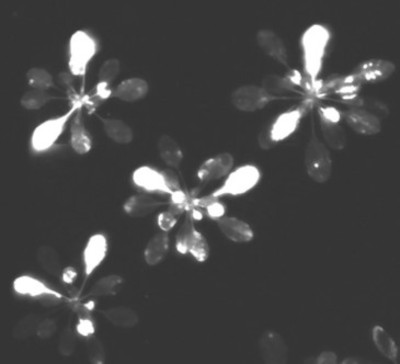

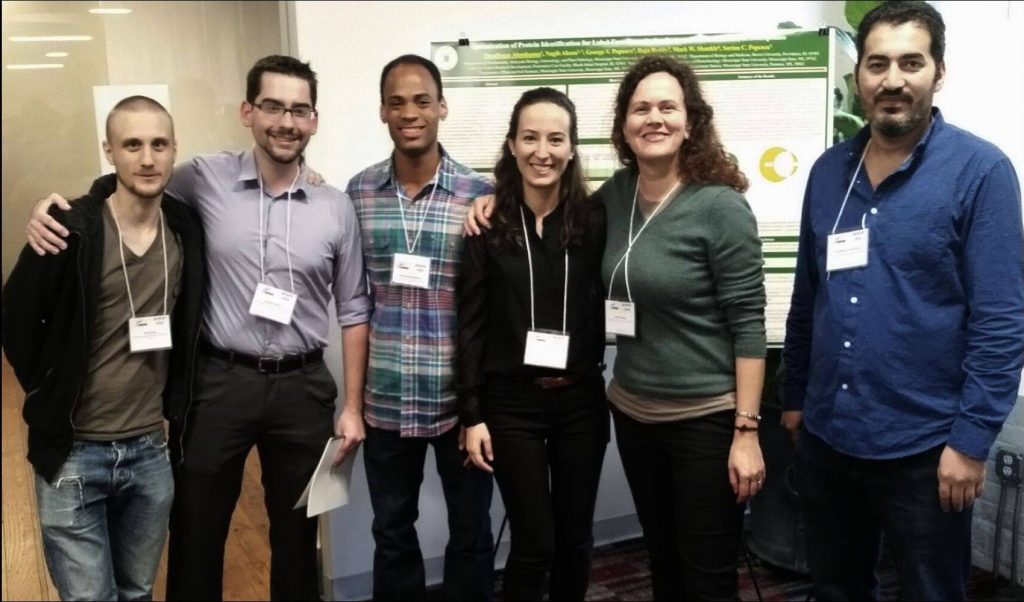
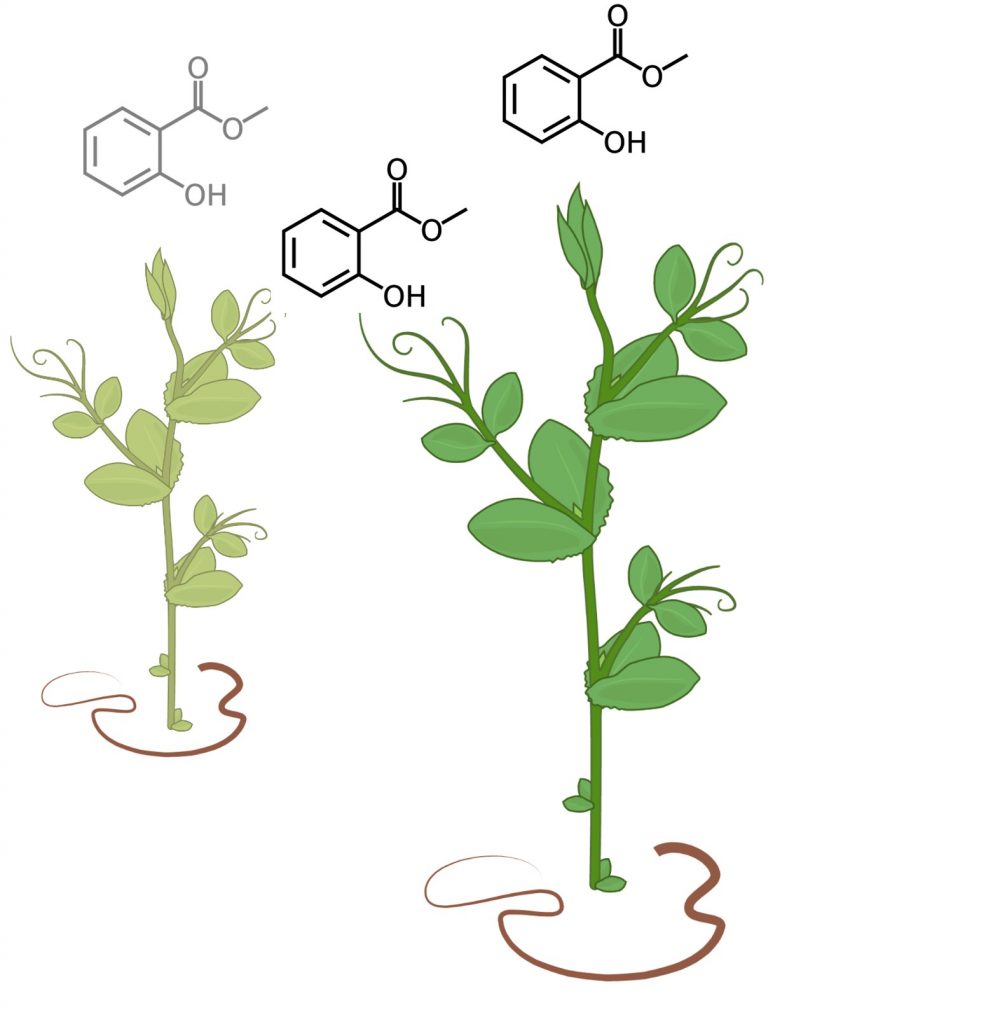



do you have trial on IMO that is used against Panama wilt of banana? can it manage the disease? i’ll be happy to receive your reply. thank you very much